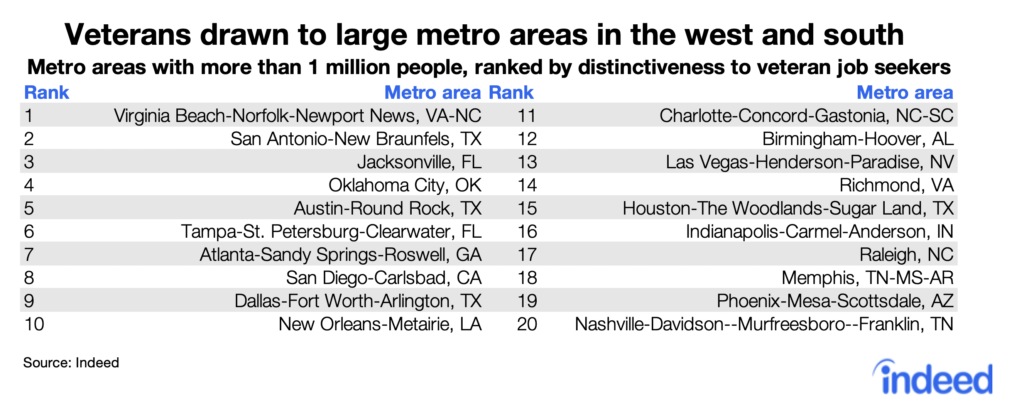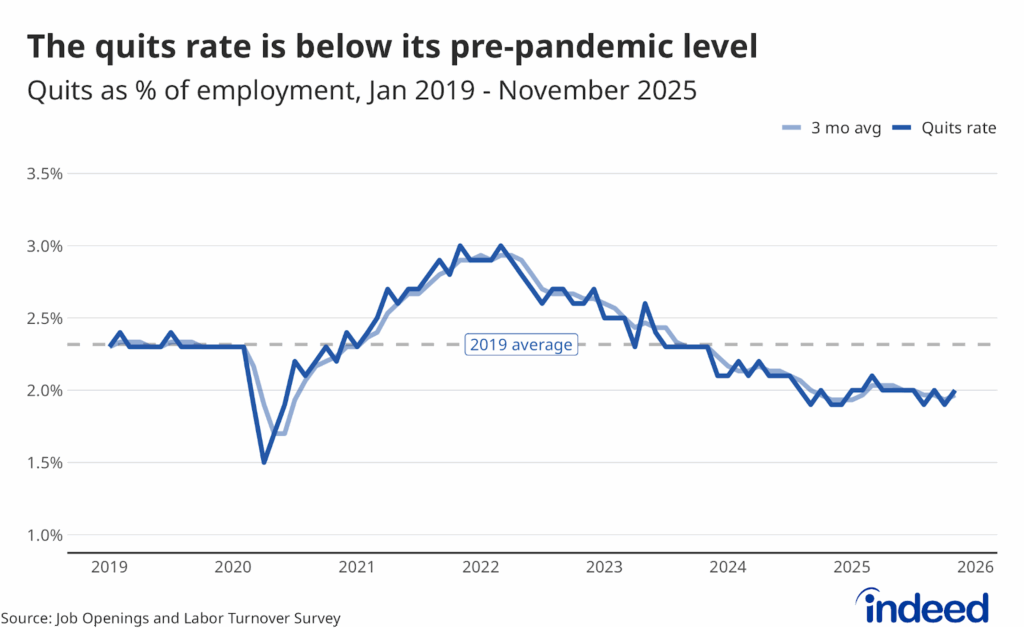Key points
- Some 19.2 million veterans were in the US in 2018, according to the Bureau of Labor Statistics.
- Veterans with a service-connected disability are more likely to be unemployed and less likely to participate in the labor force than their nondisabled counterparts.
- Veterans look to transfer their skills to the civilian labor market by taking jobs in logistics, security, and aviation.
Veterans Day is an opportunity to thank those who have served their country for the sacrifices they made and the hardships they faced. Of course, these do not end when they are discharged — their transition to civilian life brings new challenges. New veterans are sometimes overwhelmed by the prospect of searching for work. How do I write a resume? What jobs does my military experience qualify me for? How will potential employers look at me? There is one thing though that today’s veterans have on their side — they have the good fortune of entering one of the strongest job markets in recent history.
Government statistics and Indeed data offer unique insights into veterans’ experiences in the job market. Bureau of Labor Statistics (BLS) data shows how veterans have fared as the market has tightened in recent years, as well as some of the hurdles they still face. Indeed clicks reveal which jobs and locations veterans prefer in their search for work outside the military.
Veterans in the labor market
In 2018, 19.2 million people were veterans, about 8% of the civilian population, heavily skewing older and male, according to the BLS. Only about 53%, or some 10.2 million, fell within the 18-64 working ages. And only 9.7% were female, although this is changing. Among Gulf-War-II-Era veterans, those who served at some point since 2001, 17% were women.
The veteran unemployment rate is typically below that of the overall population, and that remains true in today’s booming job market. However, the unemployment rate is a broad indicator that does not provide a comprehensive view of the veteran experience in the job market.

Disability is one of many problems veterans may confront as they move into the civilian labor force. In 2018, 4.7 million, or 25% of all veterans, had a service-connected disability.
A disability can be a significant obstacle for veterans seeking employment. First, it may keep them out of the labor force altogether. In August 2018, among Gulf-War-II- Era veterans with a service-connected disability, labor force participation — the percentage of the non-institutionalized adult population holding jobs or actively looking for work — was 73.5%, compared with 85.8% for nondisabled veterans. Second, it may hamper veterans who are in the labor force. The August 2018 unemployment rate for veterans with a service-connected disability was 5.2%, significantly higher than the 3.5% rate of those without such a disability.
However, in recent years, near record-high numbers of job openings and a tight labor supply have prompted employers to recruit previously neglected candidates, drawing workers off the sidelines. One group that has particularly benefited consists of workers who weren’t previously in the labor force due to disability or illness. These workers started coming back to the labor force in large numbers in 2014, probably because disability and other barriers are less of a concern to employers in a tight labor market. As employers make accommodations to take on disabled workers, a substantial number of veterans could benefit.
What Indeed data can tell us about veteran preferences
Indeed click trends show which types of jobs and locations veterans prefer. First, an analysis of the job titles veterans click on indicates which roles they go after disproportionately compared with members of the overall population. These patterns give a sense of how veterans differ from other job seekers and the ways they think they can translate their military experience to civilian jobs. Most of these positions are in fields closely related to military service such as security, aviation, and logistics.

Second, by showing the metro areas that veterans click on at high rates relative to other job seekers, Indeed data points to locations that disproportionately attract veterans. There is one important caveat here though. The list of metro areas most distinct to veterans is dominated by small metro areas close to major military installations. This makes sense because veterans are likely to search for jobs near their current locations. However, limiting the analysis to metros with more than one million people showcases the major urban areas most appealing to veterans. There are still some metro areas in this list with strong military influences, but also many without. These are probably where veterans looking for civilian roles less directly related to the military are more likely to look.

While veterans encounter a number of obstacles when they look for civilian work, today’s job market is one of the best in recent history. Near-record-high job openings and employers seeking to deepen their talent pools are giving veterans more opportunities to apply their skills in the civilian world.
Methodology
The Bureau of Labor Statistics data comes from its monthly Current Population Survey. In some instances, this data is summarized for all of 2018, while other data is for August of 2018. Indeed data is from September 2018 through August 2019.
Our measure of job seeker interest in a job title or metro area is based on clicks on postings on Indeed.com. We calculate share of clicks by veterans, who self-identified through their Indeed profile, on postings in each job title or metro area, and then do the same for the share for all job seekers on Indeed. We then divide the veteran share by the overall job seeker share to get an interest ratio for each job title or metro area. The higher the ratio, the more relative interest from veterans compared with the total job seeker population.






